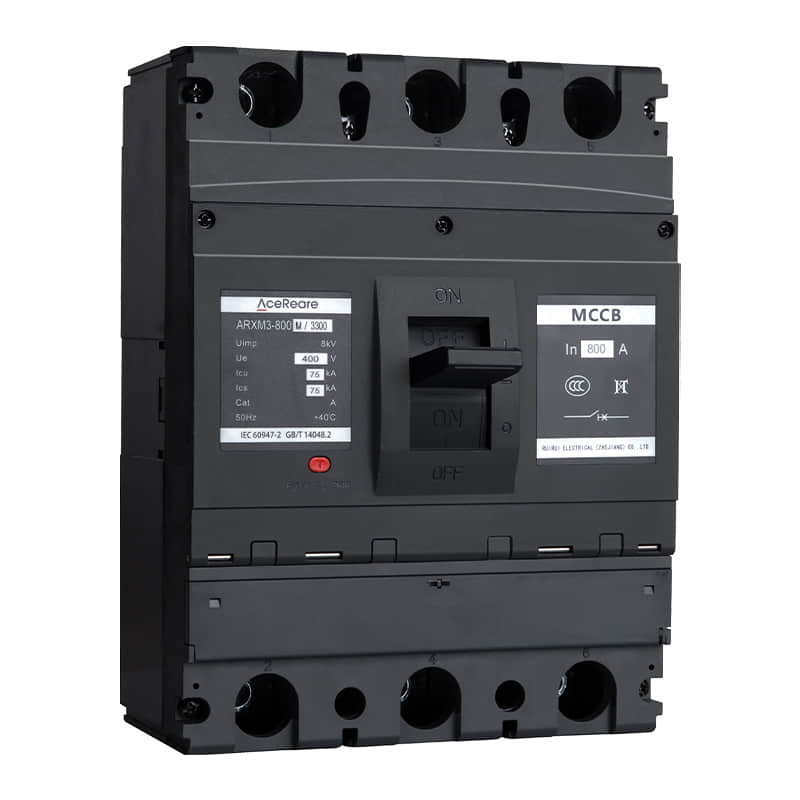
Date | 2024-06-13 03:12:06
Introduction
In modern electrical systems, ensuring safety and efficiency is paramount. One crucial component in achieving this is the 800 Amp MCCB (Molded Case Circuit Breaker). This article aims to provide a comprehensive understanding of what an 800 Amp MCCB is, its functions, applications, and key considerations in its selection and usage.
What is an 800 Amp MCCB?
An 800 Amp MCCB is a type of circuit breaker designed to protect electrical circuits from overloads and short circuits. It is capable of interrupting the flow of current in the event of a fault, thereby preventing damage to equipment and minimizing the risk of electrical fires.
Functions of an 800 Amp MCCB
Overload Protection: The MCCB continuously monitors the current flowing through the circuit. If it detects an excessive current that exceeds the rated capacity, it trips to interrupt the circuit.
Short Circuit Protection: In the event of a short circuit, where the current flow is significantly higher than normal, the MCCB quickly trips to isolate the faulty circuit, preventing damage to connected devices.
Manual Control: MCCBs feature a manual control mechanism, allowing users to manually open or close the circuit as needed for maintenance or troubleshooting purposes.
Remote Operation: Some MCCBs are equipped with remote control capabilities, enabling operators to trip or reset the breaker from a distance, enhancing convenience and safety.
Applications of 800 Amp MCCBs
800 Amp MCCBs find applications in a wide range of industries and settings, including:
Industrial Facilities: To protect heavy machinery, motors, and other electrical equipment from overloads and short circuits.
Commercial Buildings: For distribution boards and main switchboards to ensure safe and reliable power distribution.
Data Centers: To safeguard critical IT infrastructure and prevent costly downtime due to electrical faults.
Renewable Energy Systems: In solar and wind power installations to protect inverters and other components.
Marine and Offshore Installations: For reliable circuit protection in harsh and corrosive environments.
Key Considerations in Selection and Usage
Current Rating: Ensure that the MCCB's current rating matches the maximum current expected in the circuit it will protect.
Breaking Capacity: Consider the MCCB's breaking capacity, which indicates its ability to interrupt fault currents safely without sustaining damage.
Coordination: Coordinate MCCBs with other protective devices in the electrical system to ensure proper selectivity and cascading of protection.
Environmental Conditions: Choose MCCBs rated for the environmental conditions of the installation site, such as temperature, humidity, and exposure to dust or chemicals.
Maintenance: Follow manufacturer recommendations for regular inspection and maintenance to ensure optimal performance and reliability of the MCCB.
Conclusion
The 800 Amp MCCB plays a crucial role in safeguarding electrical systems against overloads and short circuits. By understanding its functions, applications, and key considerations in selection and usage, users can ensure the safety, reliability, and efficiency of their electrical installations. Investing in high-quality MCCBs and following best practices in installation and maintenance is essential for optimal performance and protection of valuable assets.
